Product Introduction
T-Bact 2% Ointment is a topical medication used primarily in the management of bacterial skin infections. It is formulated with a potent antibacterial agent, which is commonly a combination of a topical antibiotic and an antiseptic, although specific active ingredients may vary. This ointment is often prescribed by healthcare professionals to treat a range of skin conditions caused by bacteria. Its formulation ensures effective delivery of the active ingredients to the infected area, allowing for localized treatment with minimal systemic absorption.
The ointment comes in a convenient 15-gram or 30-gram tube, making it easy to apply directly to the affected area. The consistency of the ointment is designed to ensure that it adheres well to the skin, providing prolonged contact with the infected area and enhancing its therapeutic efficacy. T-Bact 2% Ointment is typically available by prescription, but some formulations may be available over-the-counter depending on the region and specific regulations.
Uses of T-Bact 2% Ointment
T-Bact 2% Ointment is used to treat various bacterial skin infections. It is effective against a range of gram-positive and gram-negative bacteria, making it suitable for treating conditions such as:
- Impetigo: A highly contagious skin infection that causes red sores, often on the face, hands, and feet.
- Folliculitis: Inflammation of hair follicles caused by bacterial infection.
- Infected Eczema: Eczema that has become infected with bacteria.
- Minor Wounds and Cuts: To prevent or treat bacterial infections in minor skin injuries.
The ointment works by targeting and eliminating the bacteria responsible for these infections, thereby reducing inflammation, pain, and discomfort associated with the conditions. It can be used for both acute and chronic bacterial infections, depending on the severity and type of infection being treated.
Benefits of T-Bact 2% Ointment
The use of T-Bact 2% Ointment offers several benefits in the management of bacterial skin infections:
- Targeted Action: By applying the ointment directly to the affected area, the active ingredients are delivered precisely where needed, allowing for effective treatment of localized infections.
- Rapid Relief: T-Bact 2% Ointment often provides quick relief from symptoms such as itching, redness, and swelling due to its antibacterial properties.
- Prevention of Spread: The ointment helps to prevent the spread of infection to other areas of the skin or to other individuals by controlling bacterial growth.
- Convenient Application: The ointment form allows for easy application and adherence to the skin, ensuring that the medication remains in contact with the infection site for an extended period.
- Minimal Systemic Absorption: Being a topical treatment, T-Bact 2% Ointment has limited systemic absorption, reducing the risk of systemic side effects compared to oral antibiotics.
Side Effects of T-Bact 2% Ointment
While T-Bact 2% Ointment is generally well-tolerated, it may cause some side effects in certain individuals. The most common side effects include:
- Skin Irritation: Users may experience redness, itching, or a burning sensation at the application site. This is usually mild and temporary but should be monitored.
- Allergic Reactions: In rare cases, individuals may develop an allergic reaction to one of the components of the ointment. Symptoms of an allergic reaction may include rash, hives, or swelling. If these symptoms occur, discontinuation of the ointment and consultation with a healthcare provider is necessary.
- Dryness or Peeling: Prolonged use of the ointment may lead to dryness or peeling of the skin in the treated area.
- Contact Dermatitis: Some individuals may develop contact dermatitis, characterized by redness, swelling, and discomfort in response to the ointment.
References
-
MacDougall C, Chambers HF. Protein Synthesis Inhibitors and Miscellaneous Antibacterial Agents. In: Brunton LL, Chabner BA, Knollmann BC, editors. Goodman & Gilman’s: The Pharmacological Basis of Therapeutics. 12th ed. New York, New York: McGraw-Hill Medical; 2011. pp. 1544.
-
Chambers HF, Deck DH. Miscellaneous Antimicrobial Agents; Disingectants, Antiseptics, & Sterilants. In: Katzung BG, Masters SB, Trevor AJ, editors. Basic and Clinical Pharmacology. 11th ed. New Delhi, India: Tata McGraw Hill Education Private Limited; 2009. pp. 877-78.
-
Briggs GG, Freeman RK, editors. A Reference Guide to Fetal and Neonatal Risk: Drugs in Pregnancy and Lactation. 10th ed. Philadelphia, PA: Wolters Kluwer Health; 2015. pp. 941-42.
Disclaimer
Singhla Medicos primary intention is to ensure that its consumers get information that is reviewed by experts, accurate and trustworthy. The information and contents of this website are for informational purposes only. They are not intended to be a substitute for professional medical advice, diagnosis, or treatment. Please seek the advice of your doctor and discuss all your queries related to any disease or medicine. Do not disregard professional medical advice or delay in seeking it because of something you have read on Singhla Medicos. Our mission is to support, not replace, the doctor-patient relationship.
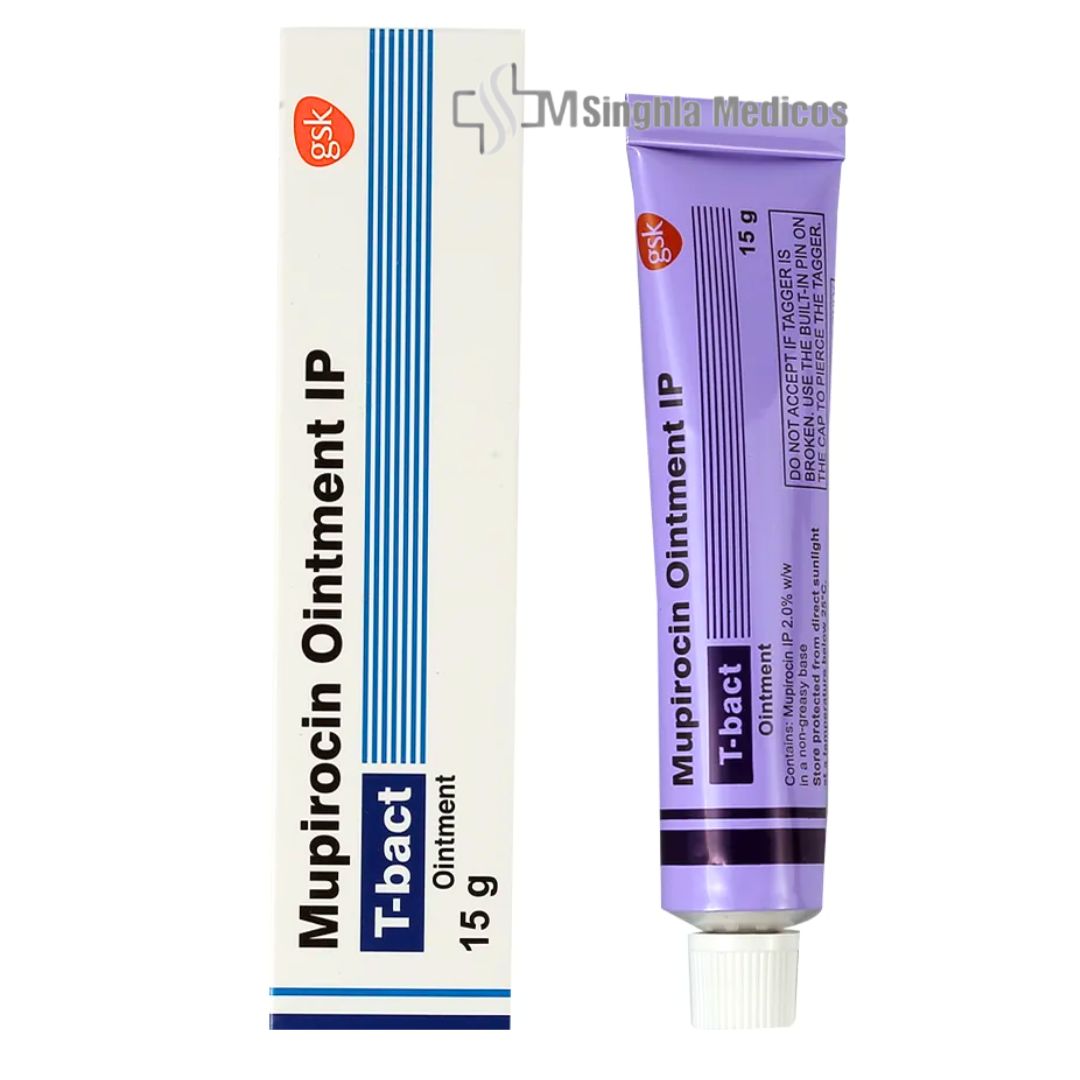
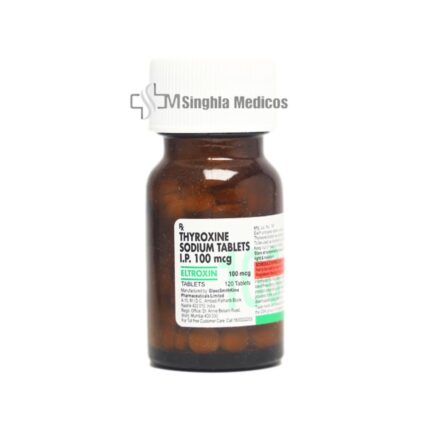
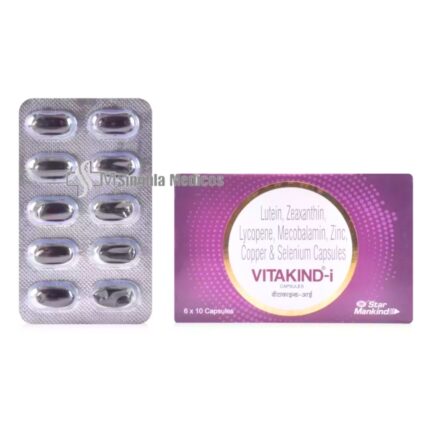



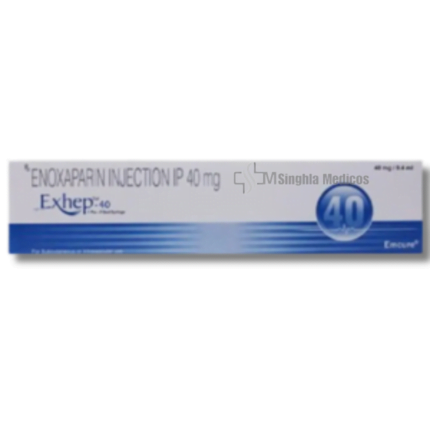
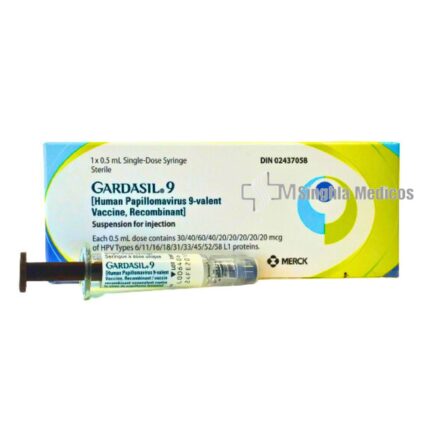
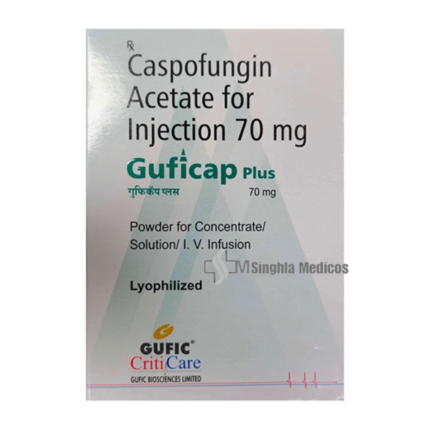
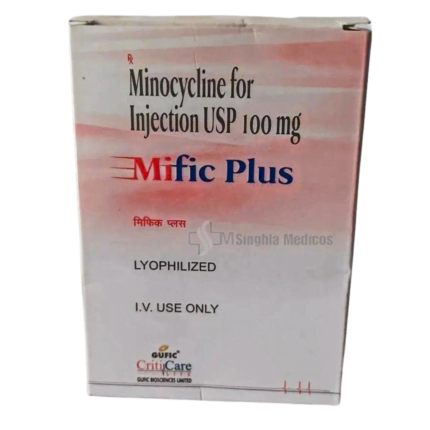


Reviews
There are no reviews yet.